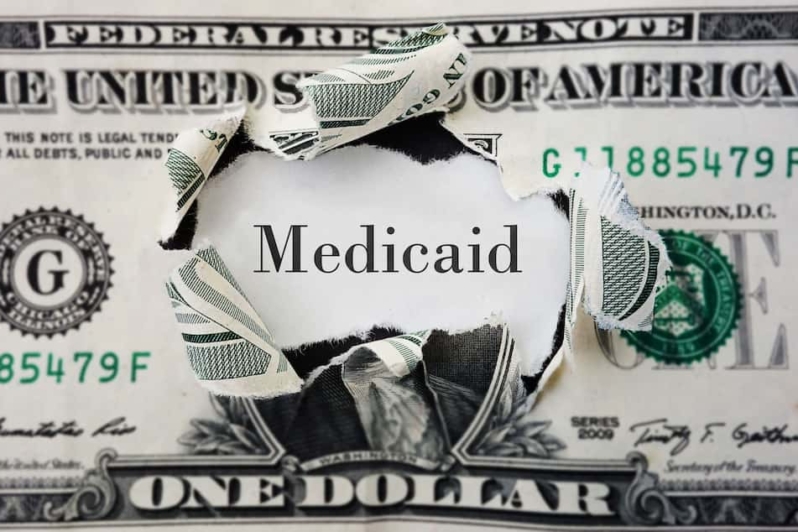Dual Eligibility: How Qualifying for Both Medicare and Medicaid Can Help With Costs
Qualifying for Medicare hardly means free health care -- there are still premiums and deductibles. However, people who qualify for both Medicare and Medicaid (called “dual eligibility”) receive help paying their out-of-pocket costs.
Posted on June 18, 2021

Medicare is a federal program available to anyone 65 or older. It consists of four major parts, each of which have premiums and co-pays associated with them:
- Part A covers hospital stays and some limited nursing home stays
- Part B covers office visits, physician fees, medical equipment, home care, and preventative services
- Part C (called Medicare Advantage) permits Medicare beneficiaries to receive Part A and B benefits from private insurance companies
- Part D covers prescription medications
Medicaid is a joint federal and state program that provides health insurance to low-income adults, children, and people with disabilities. It is also the primary method of paying for nursing home care. To qualify for coverage, applicants must have limited assets and income.
To be considered dually eligible, beneficiaries can be enrolled in either Medicare and full Medicaid or in Medicare and one of Medicaid’s Medicare Savings Programs. Medicare Savings Programs are state programs, run through Medicaid, that provide help paying for Medicare premiums. When Medicare and Medicaid coverage overlap, Medicare always pays for the services first. If Medicare doesn’t cover the full cost, then Medicaid may cover the remaining cost. Medicaid may also cover some costs that Medicare does not cover, like long-term nursing home care.
The benefits available to dual eligible beneficiaries depend on which Medicaid program the beneficiary is enrolled in:
- Full Medicaid. Beneficiaries receive full Medicaid coverage. Because Medicaid is a state-run program, additional benefits can vary by state. Some states may pay Medicare’s Part B premiums. In addition, beneficiaries do not have to pay more than the amount allowed under the state’s Medicaid program for services by Medicare providers.
- Qualified Medicare Beneficiary (QMB) Program. Beneficiaries receive help paying Part A and Part B premiums, deductibles, coinsurance, and copayments.
- Specified Low-Income Medicare Beneficiary (SLMB) Program: Beneficiaries receive help paying Part B premiums.
- Qualifying Individual (QI) Program: Beneficiaries receive help paying Part B premiums but help is limited on a first-come, first-served basis.
- Qualified Disabled Working Individual (QDWI) Program. Pays Part A premiums for certain disabled and working beneficiaries under 65 who meet certain income and resource limits set by their state.
For more information about Medicaid planning, click here.
More from our blog…
What You Should Know About Long-Term Care
Research shows that roughly one in seven adults aged 65 or older will need long-term care at some point in their later years. Meanwhile, tens of millions [...]
Understanding Medicaid: What Does Medicaid Cover?
In the complex and frequently changing landscape of health care in the United States, Medicaid stands out as a vital program. Since 1965, it has [...]
Elder Financial Abuse: How an Elder Law Attorney Can Help
Elder financial abuse is a significant issue affecting many older adults nationwide. It involves someone exploiting or misusing an older person’s finances or assets for [...]
Does Medicare Cover Prescription Weight Loss Drugs?
Americans have a growing appetite for prescription drugs such as Ozempic, Wegovy, and Mounjaro. Originally developed to treat Type 2 diabetes, they are now exploding [...]
Recent blog posts

FREE WEBINAR
5 Things to Know About
Estate Planning
When You Turn Sixty-Five





